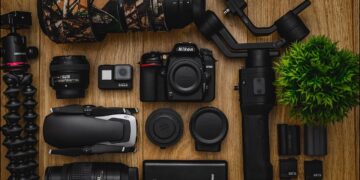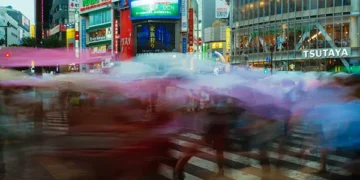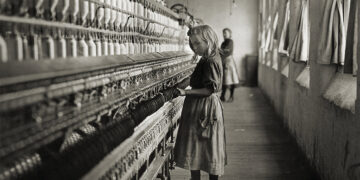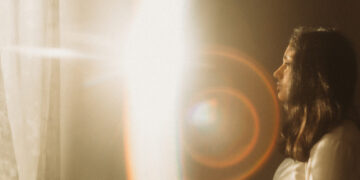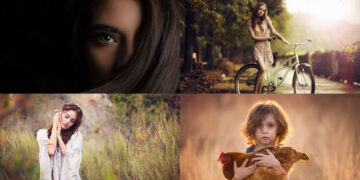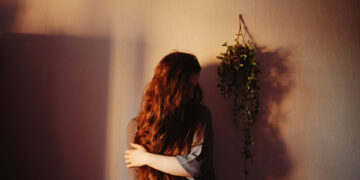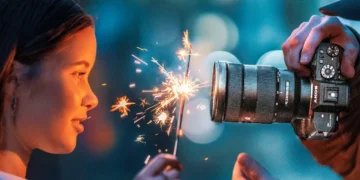Are you a photography enthusiast? Or do you plan on taking up the hobby in the near future? Either way, it’s important that you understand the fundamentals of photography. Photography may not be your vocation, but it could be a great hobby. So before you go out and buy expensive camera lenses, try incorporating some lesser-known photography tips and tricks into your arsenal. You might surprise yourself with what results you get!
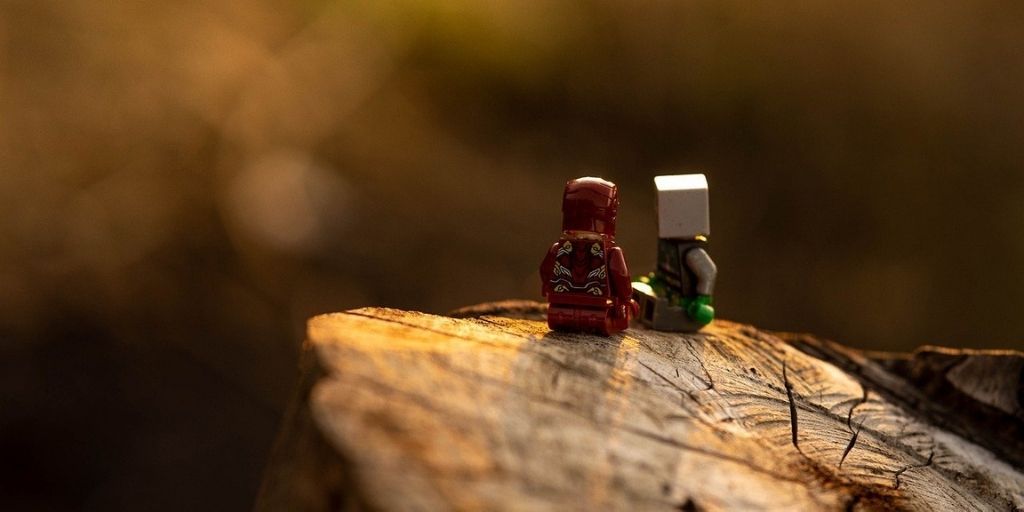
Day Time Photography
When you want to take a photo during the daytime, you will find that you have to contend with both the harsh sunlight and the reflections off of any available water. If you must take a photo during the daytime, try to take it during the blue hour.
The blue hour occurs around the middle of the day when the sky is mostly blue, with some pink and orange tones. During the blue hour, the light from the blue sky is more neutral, and less harsh than the sunlight. If you are taking photos for any reason other than just to document life, such as documenting a specific moment in time, you will find that the blue hour is crucial to take the photo you want.
Blue Hour
When you want to take a photo during the daytime, you will find that you have to contend with both the harsh sunlight and the reflections of any available water. If you must take a photo during the daytime, try to take it during the blue hour. The blue hour occurs around the middle of the day when the sky is mostly blue, with some pink and orange tones.
During the blue hour, the light from the blue sky is more neutral, and less harsh than the sunlight. If you are taking photos for any reason other than just to document life, such as documenting a specific moment in time, you will find that the blue hour is crucial to take the photo you want.
Black and White Photography
If you have a digital SLR camera and you are looking to try out black-and-white photography, now is the time. Black and white photography, also called monochrome photography, is the technique of taking photographs in black and white. The results of this type of photography are often more striking than color photography, as the photos are often more abstract than realistic.
While some argue that black-and-white photography is outdated and that it does not have a place in today’s world, others insist that it is a great way to depict different moods and emotions. Many people prefer monochrome photography because it requires you to use slower shutter speeds, which creates a more blurred look to your photo. You can also use a slow shutter speed to create a bokeh effect, where the focus is blurry while the rest of the photo is focused.
Mirror Photography
If you are planning on taking pictures of yourself, or of any other person, mirror photography is a great option. To take mirror photography, find a spot where you can take a self-portrait, ideally with a wall or a ceiling in the background. Have your friend stand in front of the mirror so that they can see themselves when they look at it. You can also use a mirror if you are taking a photo of someone else. The mirror will allow you to take a photo of your friend where they see their reflection in the mirror, but you will only be able to see their reflection.
Stitch Panorama
If you are looking to take panoramic photos, or to stitch multiple photos together to create a longer panorama, now is the time. There are a couple of different ways you can go about this. One option is to take multiple photos of the same scene, ideally while panning from side to side.
This way you can capture the entire scene in one picture. For example, if you want to take a panorama of a cityscape, you will need to take multiple photos while panning from left to right. One way to make this easier is to use a tripod to ensure that your photos are taken at the same angle. This will allow you to take photos from the same angle as panning from side to side. The next step is to use software to stitch the photos together. There are many free and paid panorama stitching software options available.
HDR Photography
If you are looking to take photos with a heightened sense of depth, or to create HDR photos, now is the time. HDR photography is a technique where the photographer takes multiple photos at different exposures and then combines them to create one image with a more realistic sense of depth. Unlike with normal photography where the photographer takes one photo and then reshoots the scene to create a different image, the photographer takes multiple photos of the same scene, ideally while panning from side to side.
The photographer then combines these photos in software to create one image with a realistic sense of depth. For example, if you are taking an HDR photo of a cityscape, you will be panning from side to side in the same direction as you would in a normal panorama. The key to taking a good HDR photo is to ensure that your photos are taken at the same angle and at the same shutter speed as each other. If you are not taking HDR photos at the same time as you are taking normal photos, you will want to ensure that you are taking the same photos at the same angle. This will make it easier for you to combine the photos later.
Flash Photography
If you are looking to take photos using flash, try taking them during the daytime. If you are taking photos at night, try to take them when there is no direct sunlight. For example, if you are taking a photo of a cityscape at night, try to take the photo while there is a cloud cover. This will help to reduce the amount of direct light that is hitting your photo. If you are taking photos during the daytime, try to take them after the sun has set or when there is a lot of cloud cover.
This will help to reduce the amount of harsh light hitting your photo. If you are taking photos with people in the shot, try to use them as a subject for your flash photography. This will help to soften the harsh light hitting the rest of the person’s face, helping to give the person a softer, more flattering light.
Creative Use of ND filters
If you are planning on taking photos with the use of ND filters, try to take them during the daytime. ND filters are handy for reducing the amount of light hitting your photos, but they work best when the light hitting your photo is not harsh. If you are taking photos with ND filters during the day time, this will help to reduce the amount of harsh light hitting your photo, so that you can take advantage of the softer light without it washing out your photo.
For example, if you are taking a photo of a landscape, try to take it when there is a lot of cloud cover. This will help to reduce the amount of harsh light hitting your photo, and will allow you to take advantage of the softer light without it washing out your photo. For photos of people, try to use ND filters during the day time. This will help to reduce the amount of harsh light hitting your photo, but will still help to soften the light without washing out your photo.
Conclusion
Good photography starts with good technique. Even the most expensive camera lens or camera body will be useless if you don’t know how to use it. In this article, we’ve provided some photography tips and tricks that you can use to improve your technique and take better photos. So go on, get your camera and try some of these photography tips and tricks out for yourself!

